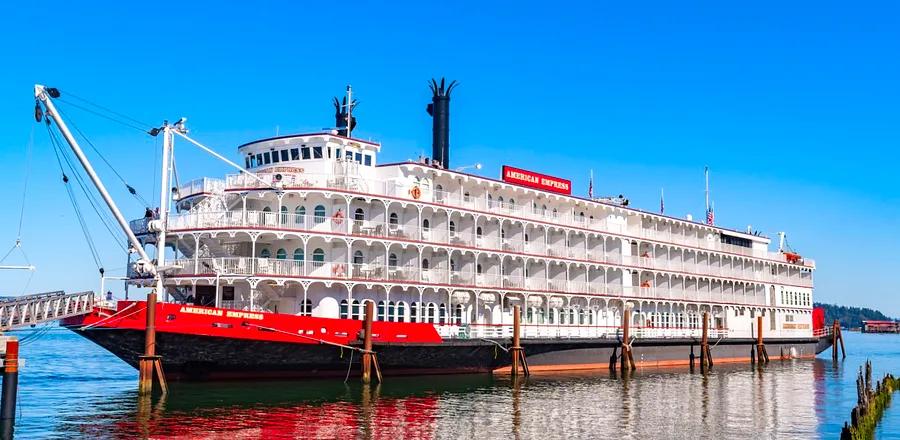Asia Pacific is set to lose its title as the world’s largest travel region.

Asia Pacific boasts some of the most sought-after destinations globally, from Bali's natural wonders to Singapore’s vibrant city life. These iconic spots, along with the region’s economic clout, helped it secure the title of the largest travel region for most of the last decade.
However, regions like China and Japan have been slower to lift Covid restrictions, resulting in air travel within Asia Pacific staying well below pre-pandemic levels.
A new study by the Centre for Aviation (CAPA) predicts that by the end of 2022, Asia Pacific will lose its position as the world’s largest travel hub, with Europe taking the lead.
Once responsible for over a third of all global air traffic, Asia Pacific’s aviation sector has shrunk by 45% compared to its pre-pandemic numbers, according to CAPA's findings.
CAPA reports that European air travel has bounced back to approximately 85% of its pre-pandemic levels, despite the ongoing effects of the Russian invasion of Ukraine.
A slow recovery.

In 2019, Asia Pacific airports saw 3.38 billion passengers. However, current forecasts from ACI Asia-Pacific predict only 1.84 billion passengers will pass through the region's travel hubs by the end of 2022.
A major reason for the region's sluggish recovery is China's strict 'zero-Covid' policy and Japan's gradual easing of travel restrictions, according to ACI Asia-Pacific and CAPA. Japan is expected to officially reopen to tourists on October 11.
CAPA highlights that the situation in China and Japan, two of Asia Pacific's largest travel markets, significantly affects the entire region’s recovery.
CAPA reports that travel across most Asia Pacific destinations remains at least 50% lower than pre-2019 levels, with a few exceptions like India, which is only 11% below its 2019 figures.
CAPA notes that domestic travel within Asia Pacific is bouncing back faster than international travel, with China, for example, experiencing only a 5.4% drop in domestic travel compared to 2019.
Overall, CAPA forecasts that Asia Pacific will not fully return to pre-pandemic travel volumes until late 2023 or early 2024.
The report states that even with recovery on the horizon, it hinges on countries reopening their borders, lifting remaining travel restrictions, and managing broader economic and health challenges.
CAPA advocates for the standardization of international travel regulations and political commitments to open borders and facilitate freedom of movement, alongside ongoing vaccination efforts to support the recovery of global travel.

1

2

3

4

5
Evaluation :
5/5